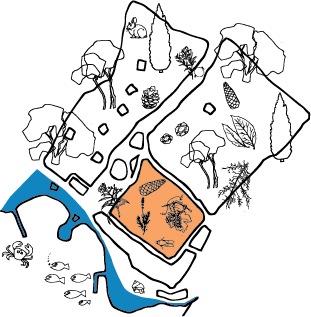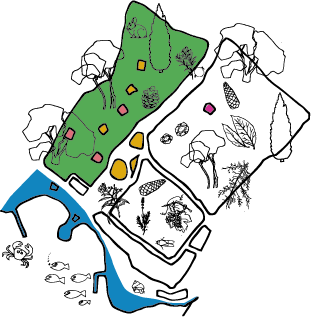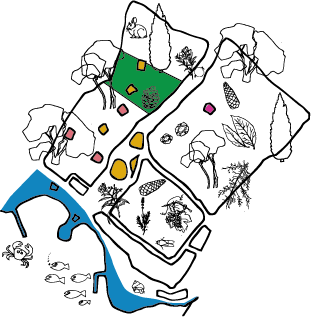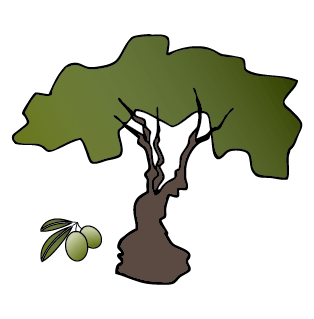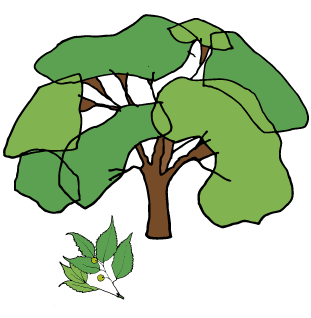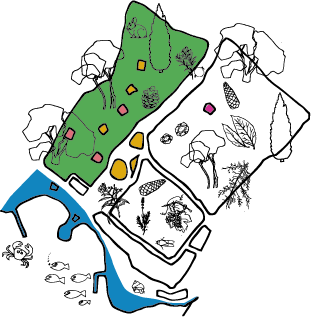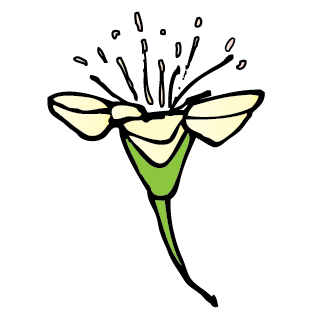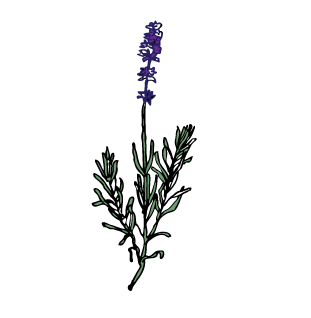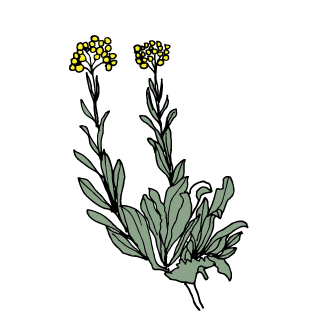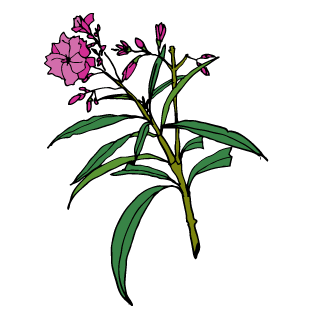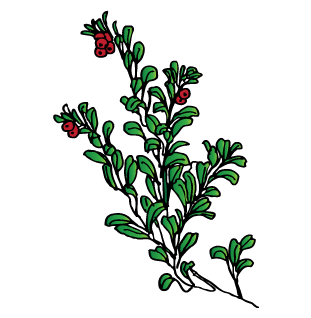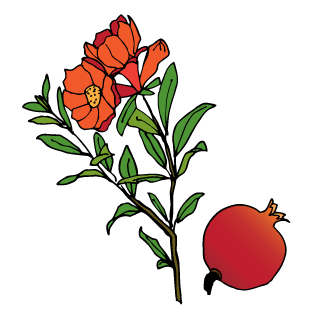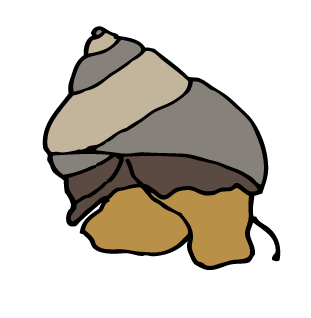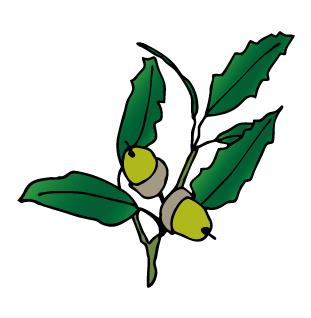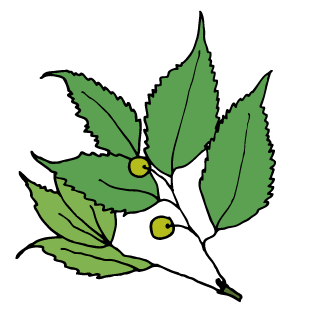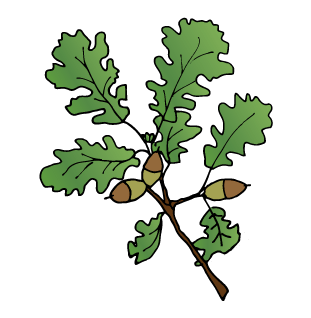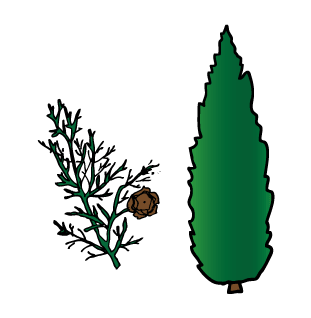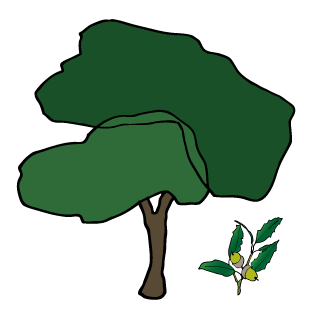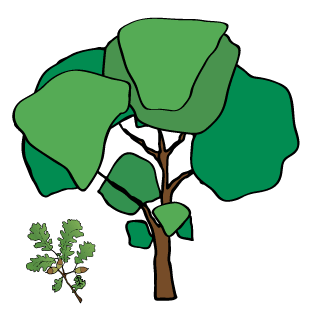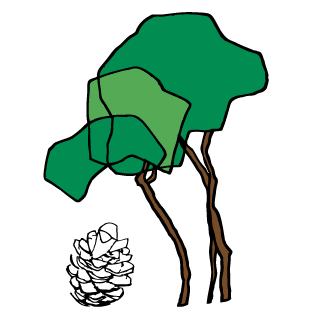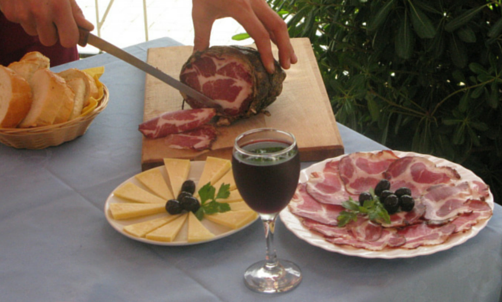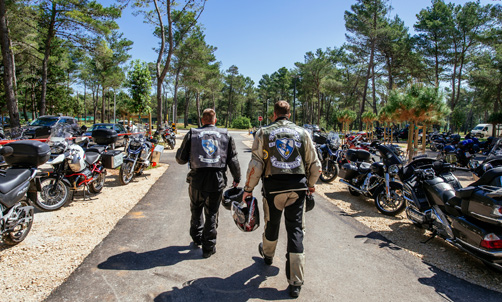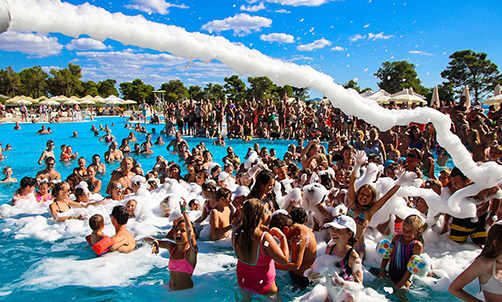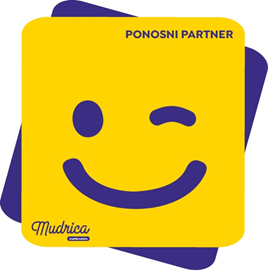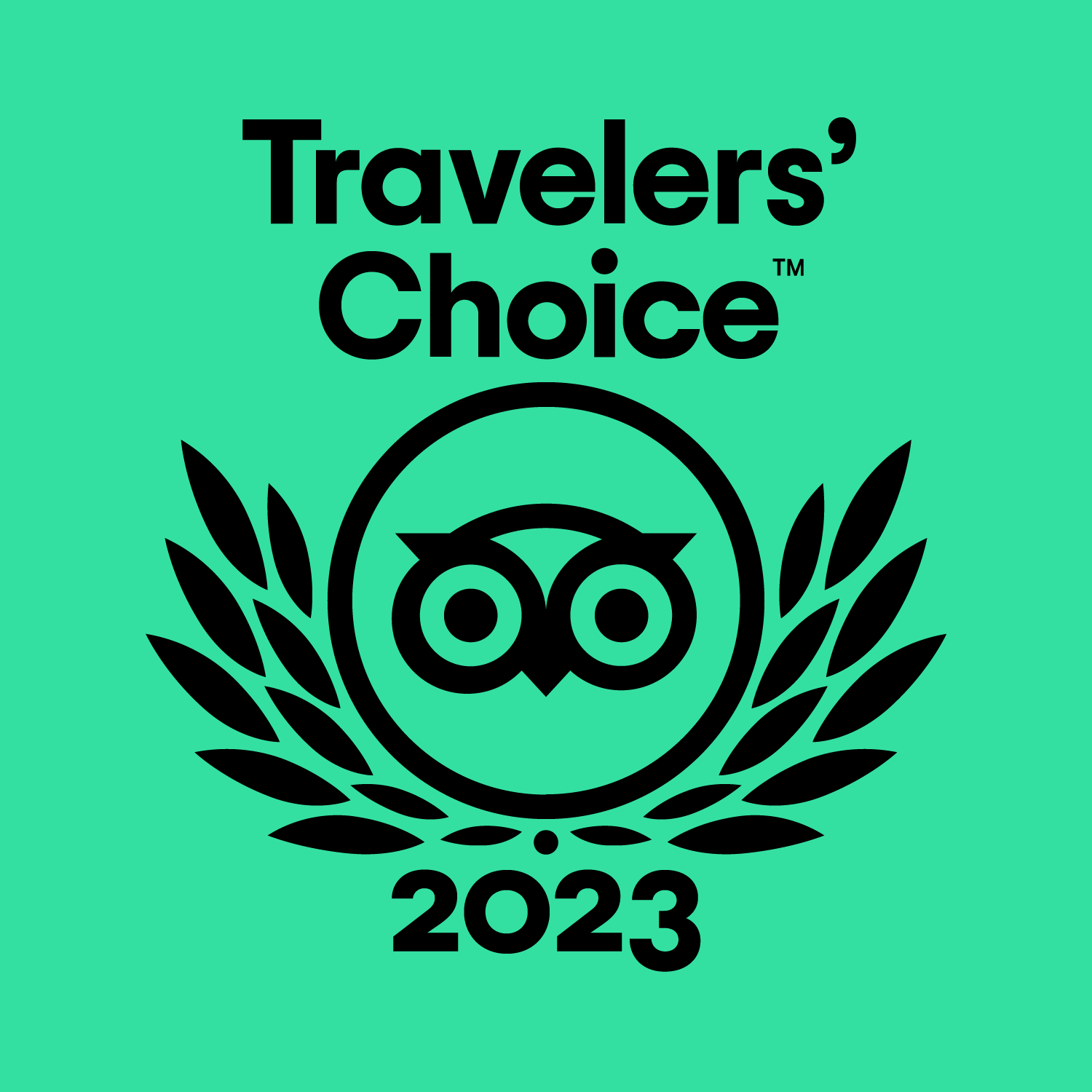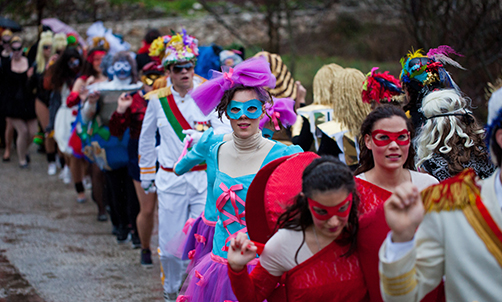
Carnival Traditions in Dalmatia
Songs and dances. Joy and laughter. Masks and costumes. It’s that time of year, time to be whatever you want to be, without hesitations and limitations. It’s carnival or maškare, fašnik, poklade, mesopust, krnjeval as it is called in different parts of Croatia. Even though the most famous and largest events are held in Rijeka and Samobor, there’s hardly any village or town that doesn’t celebrate carnival, many of which have unique and interesting traditions.
Stjepan Tafra / Shutterstock.com
What it’s all about
Tired of gloomy weather and winter, of feeling down? Well, it’s time to turn a new leaf and leave all the negativity behind. So, people use a stuffed puppet called karneval or krnjo (in Dalmatia), blame it for everything bad and then destroy it, usually by burning, in the hope of better times. Before being burnt, krnjo faces a ‘trial’ and it’s one of the fun dramatic moments of a carnival.
It’s also time to switch roles and once maškare (people who dress up in costumes) take over in a city or a village, it’s all about merrymaking and fun. With large parades and processions of costumes and masks, both traditional and representing modern heroes and villains, Croatia is a fun place to be during carnival.
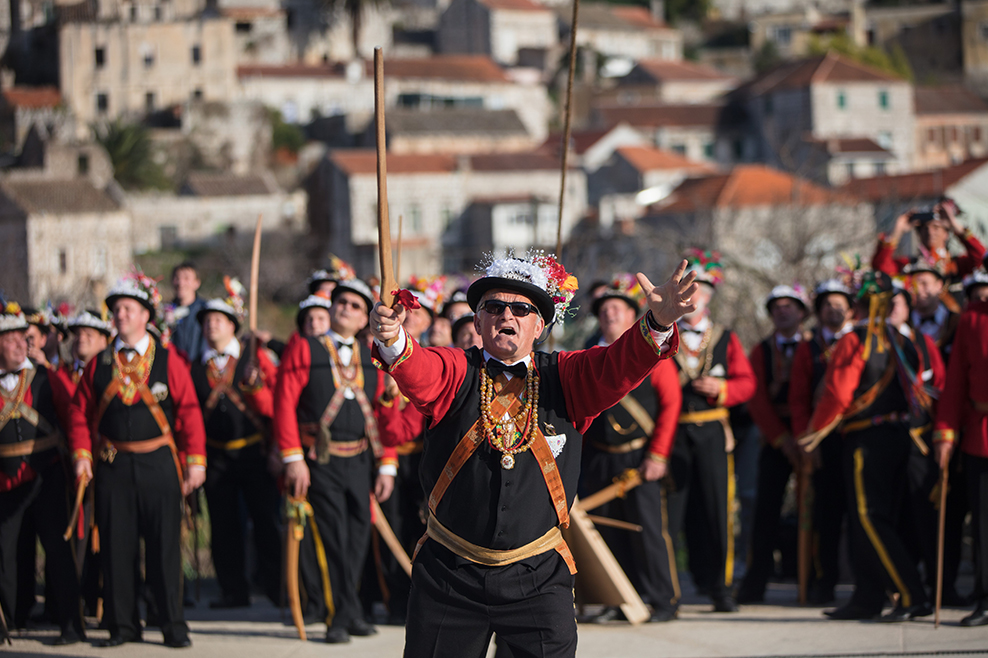
Stjepan Tafra / Shutterstock.com
Where to in Dalmatia - from north to south
Carnival may seem like endless, relaxed fun but some associations and groups prepare their costumes and masks as well as their acts months ahead. For example, the carnival on Pag island also includes the folks drama called Pag’s Slave Girl as well as the traditional circle dance, kolo. The Pag islanders like their carnival customs so much that they also have it in the summer.
Apart from Pag, other famous islands that celebrate carnival which reflects their history and legends are Korčula and Lastovo, in southern Dalmatia. The festivities held on Korčula always include traditional swords dances such as moreška or kumpanija, exceptional performances with traditional costumes. Similarly, Lastovo’s poklad is among the oldest carnivals in Croatia and even Europe with more than 500 years of tradition. It commemorates a historical event which the islanders act out. The festivities have a clear schedule and they include unforgettable days of dancing, sword performances and singing.
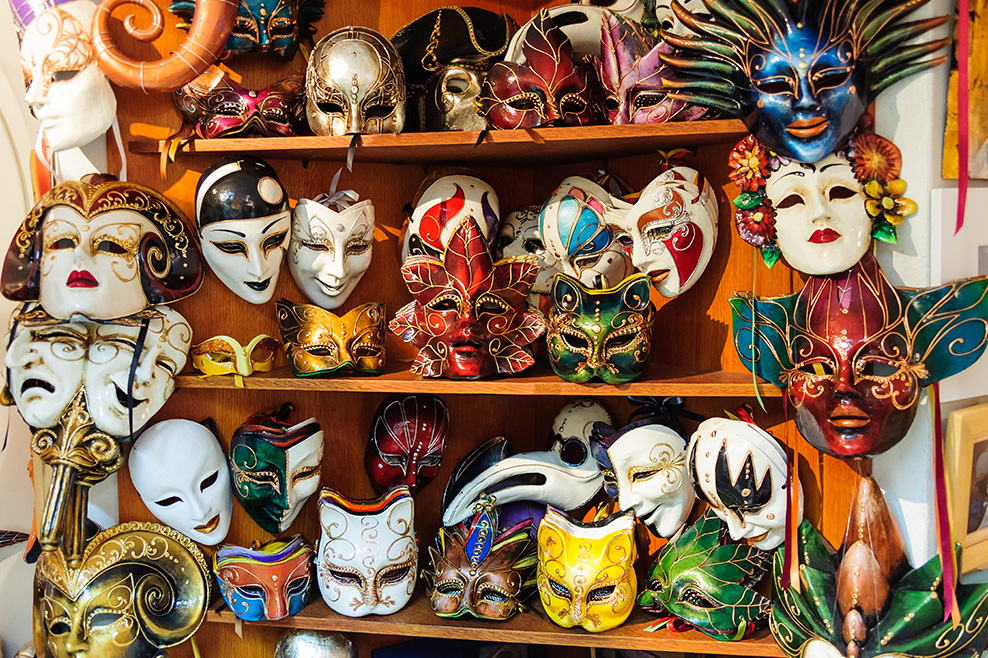
Michael Paschos / Shutterstock.com
Hand over the city’s keys! It’s what maškare tell the mayors in larger cities such as Zadar, Split and Dubrovnik to start the carnival. Zadar’s carnival takes place on the historical peninsula and is particularly well-known for the kids’ processions. Similarly, maškare keep the fun going for almost two weeks in Split’s krnjeval, with workshops, processions, plays and acts, music and dance. In Dubrovnik, karnevo is an exciting final event of the Dubrovnik Winter Festival.
Carnival treats
Mmmmm, yummy! Just like other festivities in Dalmatia, delicious treats are an evitable part of carnival in Dalmatia. After all, what can sweeten the fun more than fritule (small donuts), kroštule (crunchy, deep-fried pastry), rožata (custard pudding) - particularly in Dubrovnik, cukarin biscuits (from Korčula)?
Tradition meets fun
Some costumes are ancient, some are new. But dressing up is always a fun thing to do! So, be a bell ringer or a devil, a beauty or a beast! Be whoever you want to be. Because at carnival, anything is possible!

